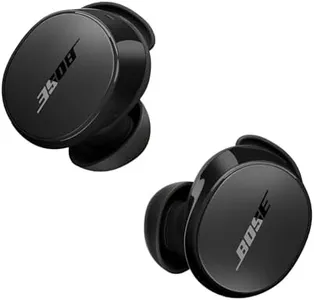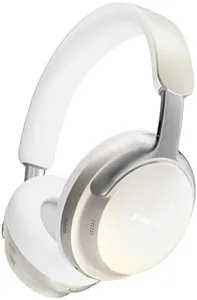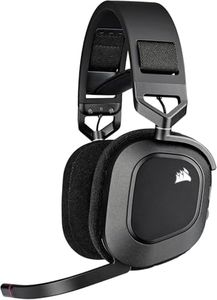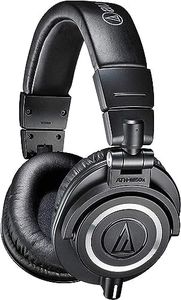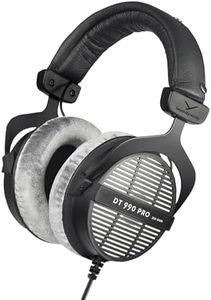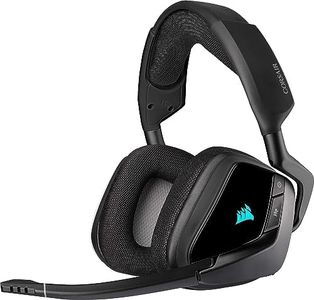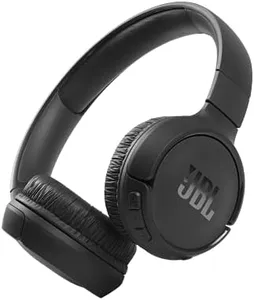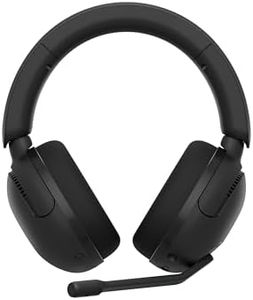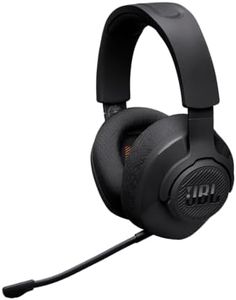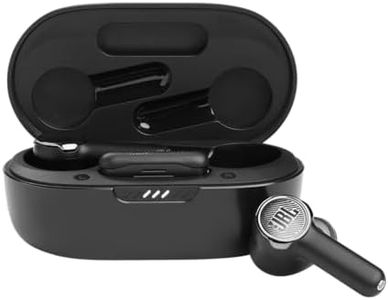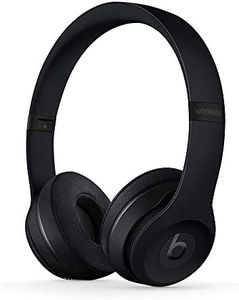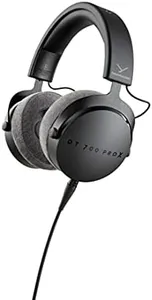We Use CookiesWe use cookies to enhance the security, performance,
functionality and for analytical and promotional activities. By continuing to browse this site you
are agreeing to our privacy policy
10 Best Low Latency Headphones
From leading brands and best sellers available on the web.Buying Guide for the Best Low Latency Headphones
Choosing low-latency headphones is all about ensuring that the sound you hear matches up closely with what's happening on your screen or device, which is especially important for activities like gaming, watching movies, or making video calls. By understanding the core features and specifications, you can make an informed decision that matches your needs, ensuring a smooth, delay-free audio experience.LatencyLatency measures the delay between when the sound is produced and when you actually hear it through your headphones. It’s important because high latency can cause audio to lag behind video, which is frustrating for gaming, watching videos, or real-time calls. Latency is typically measured in milliseconds (ms). Values below 40ms are considered excellent for most uses, between 40ms and 100ms are usually acceptable for general viewing or casual gaming, and anything above 100ms may become distracting. If you play fast-paced games or watch a lot of videos, aim for the lowest latency possible; if your use is more for listening to music or making standard calls, slightly higher latency is less noticeable.
Connection TypeConnection type refers to how the headphones link to your audio source, and this heavily impacts latency. Wired headphones almost always have negligible latency, making them ideal for the most sensitive uses. Wireless headphones, like those using Bluetooth, tend to have higher latency, but some advanced wireless protocols or codecs can reduce this. If no-delay sound is crucial, consider wired options; if you want more freedom of movement and convenience, look for wireless headphones that specifically advertise low latency features or support low-latency codecs.
Supported Audio CodecsAudio codecs are like the language your headphones and device use to send sound back and forth. Some codecs, like aptX Low Latency or LC3, are designed to minimize delay, while standard codecs like SBC or AAC may introduce more lag. Check both your headphones and your device for support of low-latency codecs if you're choosing wireless. If you want the fastest response times for things like gaming or synchronized viewing, opt for headphones and devices that use the latest, most efficient codecs.
Battery LifeBattery life tells you how long your headphones will function on a single charge. This becomes more relevant with wireless headphones, as certain low-latency modes or codecs can use more power. Shorter battery life may be acceptable for shorter sessions, while longer life is important if you need all-day performance without recharging. Consider your habits: if you often have long, uninterrupted sessions, prioritize longer battery life; if you use them in short bursts, lower battery life may suffice.
Comfort and FitComfort and fit are about how the headphones feel during long periods of use, which is often overlooked but crucial—especially for gaming or movie sessions. Headphones that cause discomfort or slip off easily will ruin the experience, no matter how low the latency. Over-ear, on-ear, and in-ear designs each have their own levels of comfort, which can also depend on head size and shape, or whether you wear glasses. Try different types if you can, and if you plan long sessions, prioritize softer padding and adjustable designs for maximum comfort.
Microphone QualityMicrophone quality is important if you plan to use the headphones for calls, gaming chat, or voice commands. Low-latency headphones often focus on sound delay, but a poor microphone can undermine your ability to communicate smoothly. Look for headphones with built-in noise-cancelling microphones if clear voice transmission is a priority; for basic listening, this feature is less critical.
